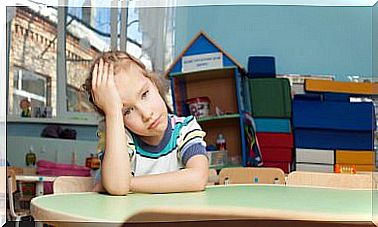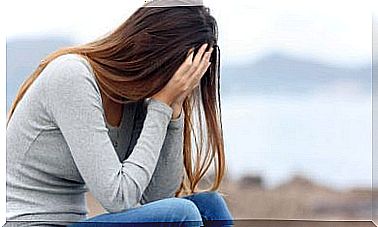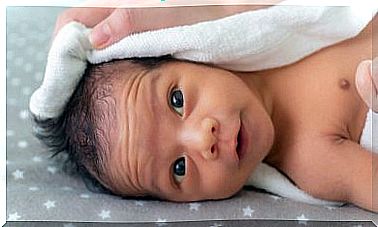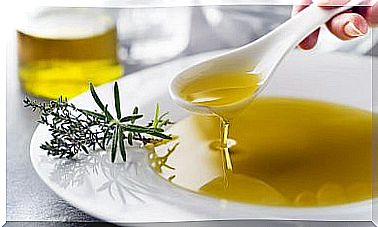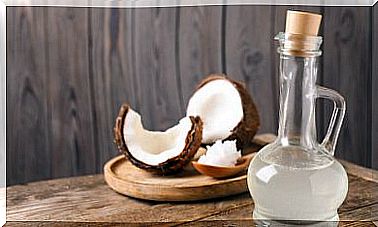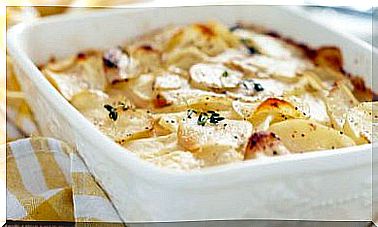Symptoms Of Pneumonia In Children
Pneumonia in children is a common disease that occurs, especially in children under 5 years of age. According to data from the World Health Organization, this disease is responsible for 15% of infant deaths. Likewise, it is estimated that 14% of children who suffer from it must be hospitalized.
The best way to avoid disease is with prevention. Vaccination against H. influenzae type B has been found to significantly decrease pneumonia in children. Likewise, the vaccine against S. pneumoniae has proven to be effective in the most severe or worst-evolution cases.
Other important measures to prevent pneumonia in children are to feed them breast milk, avoid exposure to tobacco smoke, keep the house ventilated, carry out frequent hand washing, and delay entry to nursery if the child shows a history of illness. respiratory.
What is pneumonia?
Generally speaking, pneumonia is defined as an infection of the lungs. This occurs in the deep part of these organs, which is why it is also known as a lower respiratory tract infection. Most cases are caused by viruses, although bacteria and other pathogens can also cause it.
Most commonly, pneumonia in children appears after a cold. The lungs have air sacs, which are called alveoli. When infection occurs, these sacs fill with pus or other fluids, preventing oxygen from reaching the bloodstream.
There are several types of pneumonia, among which the following stand out:
- Viral pneumonia. The one that is caused by a virus; usually respiratory syncytial, influenza, parainfluenza, or adenovirus. It is the most common form of the disease and predisposes children to bacterial pneumonia.
- Bacterial pneumonia. Caused by bacteria, usually Streptococcus pneumoniae . Other bacteria that cause it are group A or B streptococcus and Staphylococcus aureus .
- Mycoplasma pneumonia. It is caused by the bacterium Mycoplasma pneumoniae . It is also known as atypical pneumonia, since it is mild and more common in children older than 5 years.
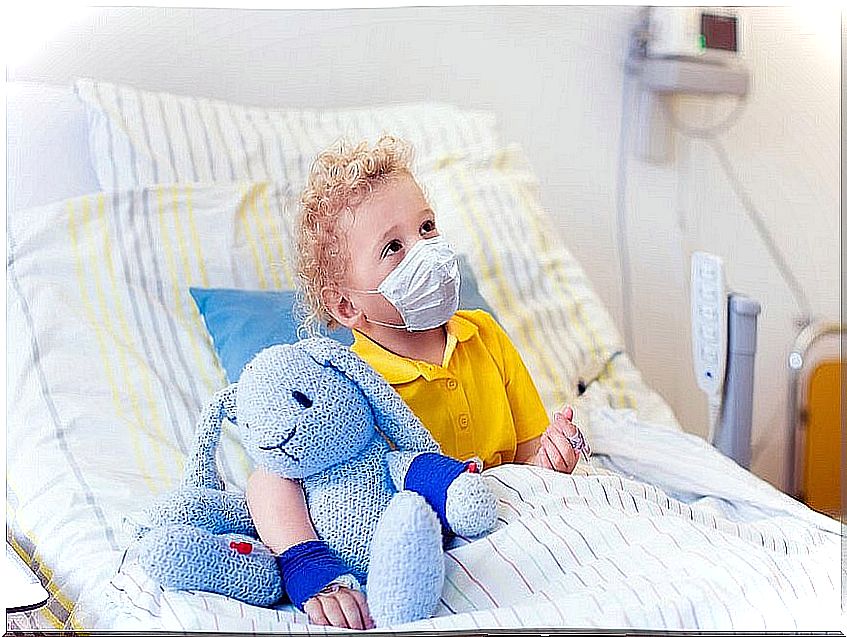
Symptoms of pneumonia in children
Symptoms of pneumonia in children can vary in each case, depending on the severity of the infection, as well as age and general health condition. The most common sign is rapid breathing , which appears in almost all cases.
Other common symptoms are the following:
- High fever and chills.
- Cough.
- Breathing with sounds similar to a whistle or groan.
- Difficulty breathing. This may include widening of the nostrils, movement of the muscles in the rib area, and breathing through the abdomen.
- Nasal congestion and chest pain.
- Abdominal pain. This arises from the effort made by the child when coughing and from difficulty in breathing.
- Threw up. It is due to coughing or the child can swallow mucus.
- Lack of appetite.
- Bluish color on the lips and fingernails. It only appears in extreme cases.
Symptoms of viral pneumonia generally progress slower than bacterial ones. If the disease is lower in the lungs, there may be fever, abdominal pain, and vomiting, without respiratory symptoms.
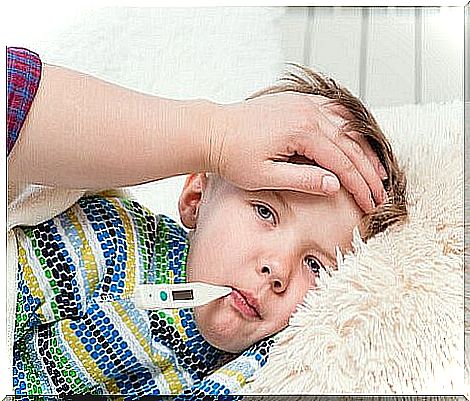
Causes and diagnosis
As noted earlier, pneumonia in children is often caused by viruses, but it can also be caused by bacteria or other pathogens such as fungi and parasites. Most often, it all starts with a common cold, that is, with an infection in the upper respiratory tract.
Often, pathogens in the nose or throat are inhaled and go deep into the lungs, leading to pneumonia.
It is also possible that it is acquired by contagion from a person who is already sick; that person’s cough or sneeze generates droplets that carry the virus, and if the child comes into contact with them, they can develop the disease.
Pneumonia in children can also spread through the blood, especially during or after childbirth. It is relatively normal for a child to have this disease during infancy and there is only reason to be concerned if it recurs frequently.
